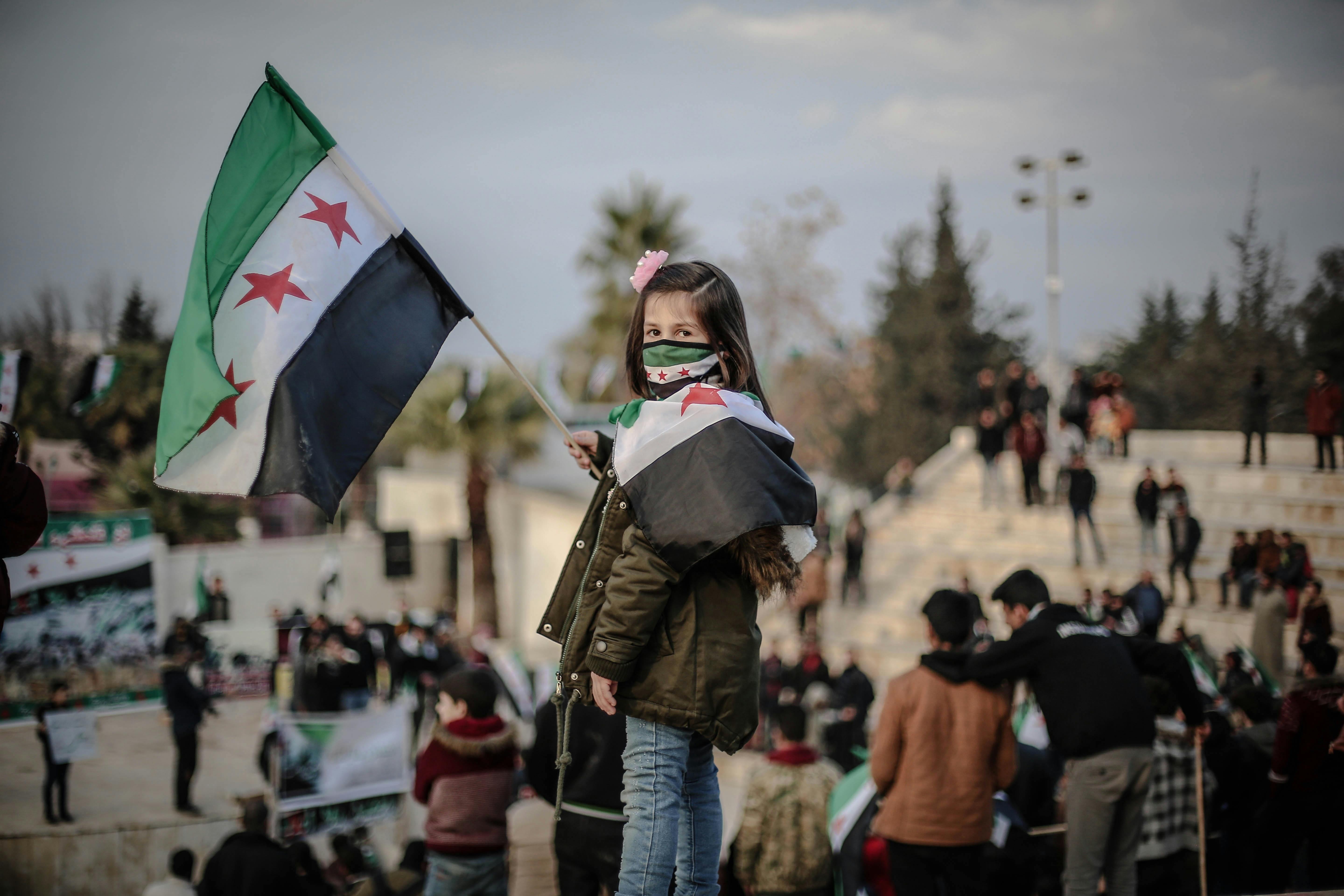On Saturday, December 7th, the brutal dictatorship of Bashar al-Assad collapsed.
The fall of Damascus sent shockwaves through the Middle East and the wider international community, signaling the end of a 24-year regime and a 53-year-long dynasty. This victory by opposition forces marks the culmination of a long struggle against one of the most evil figures in modern Middle Eastern history.
The capture of Damascus marked the conclusion of a week-long, decisive turning point in Syria’s grueling thirteen-year civil war. This dramatic shift in the conflict began on November 30th, when the Syrian rebel faction Hayat Tahrir al-Sham (HTS) seized control of Aleppo, once a powerful regime stronghold and the second-largest city in Syria. In addition to HTS, several other rebel groups played pivotal roles in this coordinated offensive, including the Turkish-backed Syrian National Army (SNA), whose forces provided significant support on the ground. The SNA worked closely with its allies in the Southern Operations Room, a coalition of rebel factions united by a shared goal of challenging the regime’s authority. Together, these groups mounted a fierce, multi-faceted assault that ultimately led to the collapse of one of the regime’s most formidable strongholds, reshaping the course of the conflict and shifting the balance of power in favor of the opposition.
The rebel victory was felt just as much in Tehran and Moscow as it was in Damascus. Russia, which had been providing vital air support to help Assad cling to power, and Iran, which had been bolstering Assad’s regime by funding Shiite militias on the ground, both lost a key strategic ally in the Middle East. This defeat undermined their broader efforts to counterbalance the influence of the United States and its largest regional ally, Israel. For Iran, in particular, the loss of Assad as a regional partner was a significant blow. Iran had been waging a multi-front campaign against Israel through various militant groups, including Hamas and Hezbollah, using Syria as a critical base of operations. The fall of Damascus thus represented not only a setback for Assad’s regime but also a strategic loss for both Russia and Iran in their wider geopolitical contest with the West and Israel.
Assad’s Baathist regime, responsible for the deaths of over half a million Syrians, will be remembered as one of the darkest and most brutal chapters in the history of the modern Middle East. Over the course of more than a decade of civil war, the regime unleashed unspeakable violence upon its own people, targeting not only opposition fighters but civilians—men, women, children, and the most vulnerable of society.
The scale of suffering under Assad’s rule extends far beyond the number of lives lost. Entire communities were torn apart, and the social fabric of Syria, once known for its rich diversity and cultural heritage, was deeply wounded by years of division and trauma.
In the coming weeks and months, Syria will, in one way or another, be tasked with selecting a new government. This is an immensely daunting challenge for a country that has known nothing but Assadist rule for over five decades. Moreover, the options for a new government are far from ideal, with Hayat Tahrir al-Sham (HTS) currently being the largest and most influential coalition among the rebel factions. Yet, despite these challenges, this moment also presents a crucial opportunity for the people of Syria—an opportunity to forge a new path toward a free and democratic nation. This is a chance for Syria to break free from the horrors of its past, to heal from decades of authoritarian rule and conflict, and to build a future where its people can live with dignity, peace, and the hope for a better tomorrow. While the road ahead is fraught with difficulty, it holds the potential for transformation and renewal, should the Syrian people and their leaders seize this moment for change.
For now, Syria’s future remains uncertain. Still, the unfolding events across the country in recent hours serve as a powerful reminder of the enduring truth in the words of former President George W. Bush: “Everywhere that freedom stirs, let tyrants fear.”
Cover image by Ahmed Akacha via Pexels

